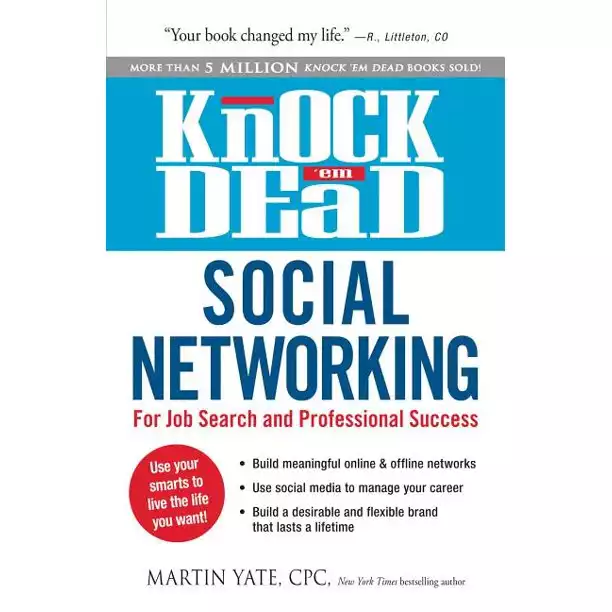We may receive compensation when you click on product links from our partners. For more information, please see our disclosure policy.
Last Updated on November 24, 2022
People often ask “Is it who you know or what you know?”. While it’s crucial to have the proper experience and knowledge on how to do the job, take a step back and think about the sheer number of resumes that an average employer receives along with yours.
To put things into perspective, Google receives an average of 2 resumes per minute or 20,000 resumes per week, according to The New York Times (which works out to 2 resumes per minute). So, even if
The “build
Existing Network
Good news, you already have a network (unless you’ve been living as a recluse on some remote island). “What?” you may ask. Every friend, relative, former coworker, current coworker, and
- Paper & Pen – The best way to start is to create a list of names and the easiest way to do this is to create an old-fashioned list. Use whatever you are most comfortable with – paper, computer, whatever. Just start your list.
- Categories – First, list all of the categories mentioned above (schools, jobs, etc.) and then start to make a list of names under these categories (leave yourself room to add more as you go).
- Use an Online Network tool – Once you have your list, use a business social network such as LinkedIn and start to make your connections (see Are you LinkedIn?)
If you're serious about taking your career to the next level, you need to be on LinkedIn®. In LinkedIn In 30 Minutes, author Angela Rose will show you how to make a rock-solid LinkedIn profile and expand your network.
Extended Network
Once you’ve created your list network list, it’s time to build your extended network. This consists of:
- People who work or worked at companies where you worked – They may not actually know you (maybe they know your name and maybe they don’t) but if you work/worked at the same company they are likely to be receptive to being part of
your network . - People who work or worked at companies where you would like to work – As part of your job LinkedIn is a great tool for this research.
Networking Events
A great place to build
- 4 Tips for Utilizing Social Networking Outlets for Your Job Search
- 20 Tools to Find Local Networking Events Quickly
Networking Tips
Take a look at some of the following networking tips:
- Leverage Professional Associations (as mentioned above). Take a look at List of international professional associations.
- Follow-up After Events – There are many ways to follow-up after a networking event. Send an
email , offer to set up follow-up meetings, connect on Linkedin, etc. - Network Every Week – Find at least one way to network every week. Whether it be coffee breaks (see below) or emails to keep in touch.
- Coffee Meetings – Invite people from
your network to coffee. This is a great way to stay in touch. - Networking is a Two Way Street – You need to give to receive. Make sure you are helping people with their needs as well. Give and you shall receive!
Whether you want to find a new job on LinkedIn or advance your career, this guide can be the blueprint for a supercharged LinkedIn strategy.





